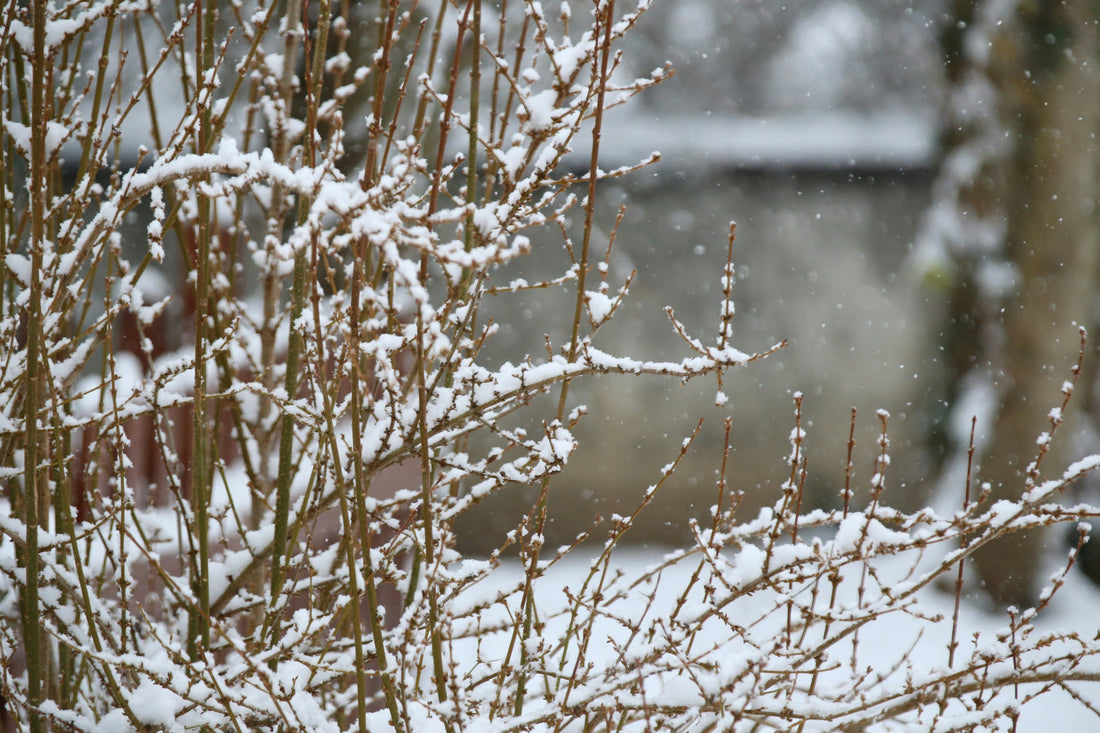
Understanding Calgary’s Freeze-Melt Cycle: Challenges and Solutions
Calgary’s winters are known for their unpredictable temperature swings, often shifting from bitter cold to mild thaw within hours. This phenomenon, commonly referred to as the freeze-melt cycle, creates unique challenges for residents, infrastructure, and businesses. Understanding how this cycle works and how to mitigate its effects can help Calgarians navigate winter more safely and efficiently.
What Causes Calgary’s Freeze-Melt Cycle?
The freeze-melt cycle occurs when temperatures fluctuate between above and below freezing, causing accumulated snow and ice to melt during the day and refreeze at night. Several factors contribute to this cycle in Calgary:
-
Chinook Winds: These warm, dry winds originating from the Pacific Ocean rapidly raise temperatures, sometimes by 20°C or more in a matter of hours. Snow and ice melt quickly under the influence of Chinooks, but once the wind subsides, temperatures plummet, causing water to freeze again.
-
Fluctuating Arctic Air: Cold Arctic air masses frequently push into the region, bringing sudden deep freezes. When these systems retreat, a temporary thaw follows, restarting the cycle.
-
Urban Heat Island Effect: Calgary’s infrastructure, including roads and buildings, absorbs and retains heat, leading to uneven melting patterns, especially in densely built areas.
Challenges of the Freeze-Melt Cycle
While Chinooks bring relief from deep winter cold, the resulting thaw-refreeze cycle poses several challenges:
1. Treacherous Sidewalks and Roads
When melted snow refreezes overnight, it creates black ice on roads, sidewalks, and driveways. This significantly increases the risk of slips, falls, and vehicle accidents.
2. Damage to Infrastructure
Repeated freezing and thawing cause asphalt and concrete to expand and contract, leading to the formation of potholes, cracks, and weakened road surfaces. Water seeping into tiny cracks can freeze and expand, exacerbating structural damage.
3. Ice Dams on Roofs
As snow melts on rooftops during warm daytime temperatures and refreezes at night, ice dams can form along gutters and eaves. These ice dams can lead to water backing up under shingles, potentially causing leaks and water damage inside homes.
4. Blocked Storm Drains and Flooding
Meltwater needs to drain away, but when storm drains are blocked by ice or debris, water can pool on streets, creating hazardous driving conditions and localized flooding.
Solutions to Manage the Freeze-Melt Cycle
While the freeze-melt cycle is unavoidable, taking proactive measures can reduce its negative impacts.
For Pedestrians and Homeowners:
-
Use Ice Melt and Sand: Applying ice melt (such as calcium chloride) on sidewalks and driveways can prevent dangerous ice formation. Sand can add traction, reducing slip hazards.
-
Shovel Promptly: Clear snow before it has a chance to melt and refreeze. This minimizes ice buildup and makes removal easier.
-
Improve Drainage Around Your Property: Ensure downspouts direct water away from walkways and foundations to prevent pooling and refreezing.
For Drivers and City Infrastructure:
-
Winter Tires Are a Must: Proper winter tires provide better grip on icy roads, improving safety during freeze-thaw cycles.
-
Report and Repair Potholes: The city continuously repairs potholes, but reporting new ones ensures they are addressed promptly before worsening.
-
Clear Storm Drains: The City of Calgary maintains storm drains, but residents can help by clearing leaves and ice buildup around drains near their homes.
For Building Maintenance:
-
Prevent Ice Dams: Proper attic insulation and ventilation help prevent ice dams by keeping roof temperatures consistent.
-
Regular Gutter Maintenance: Clearing gutters of leaves and debris before winter allows meltwater to drain properly, reducing the risk of ice dams.
Embracing Calgary’s Unique Winter Climate
While the freeze-melt cycle presents challenges, understanding its effects and taking preventive measures can help Calgarians stay safe and protect their homes and infrastructure. Whether it’s investing in better winter gear, adjusting driving habits, or maintaining property more diligently, small changes can make a big difference in adapting to Calgary’s ever-changing winter landscape.

